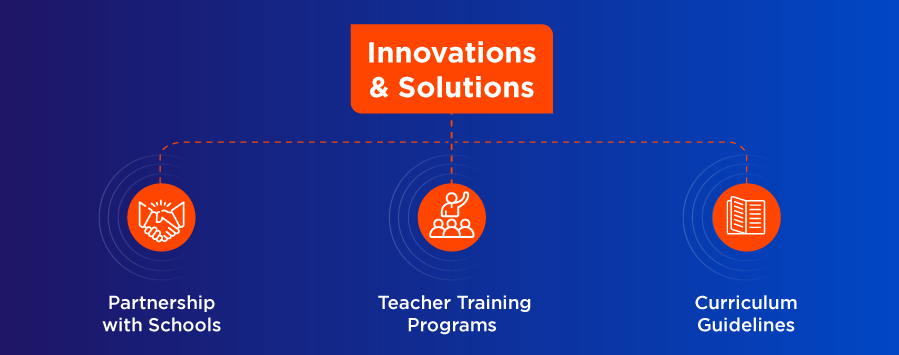![]()
So, what is the three language formula? The Three Language Formula is an educational strategy intended to promote multilingual proficiency among students in India. Originally formulated in the 1968 National Policy on Education, it proposes that students learn three languages:
- The regional language (mother tongue or the state language)
- Hindi
- English
This formula was designed to foster national integration and ensure that students across India could communicate in multiple languages, enhancing both cognitive and cultural development.
Historical Background and Origins of the Three Language Policy
The Three Language Formula emerged from the linguistic reorganisation of states and the need to promote Hindi as a national language without undermining the importance of regional languages. It was reiterated in the National Policy on Education 1986 and continued to be a part of educational frameworks, including NEP 2020.
However, its implementation has varied widely. While some states adopted the formula fully, others faced resistance due to regional linguistic pride and political factors. For instance, Tamil Nadu has historically resisted the imposition of Hindi, choosing to focus on Tamil and English instead.
Different Formulas In Different Countries:
| Country |
Languages Taught |
Key Benefits |
Comparison with India |
| 🇫🇮 Finland |
Finnish, Swedish, English |
- Enhanced communication skills: Prepares students for global academic and professional roles.
- Improved adaptability: English proficiency ensures cross-border career opportunities.
- Cognitive flexibility: Multilingual learners demonstrate higher creativity and problem-solving abilities.
|
- Similar to India, Finland promotes trilingual proficiency.
- Greater focus on international adaptability, while India emphasises regional language preservation.
|
| 🇨🇦 Canada |
English, French |
- Higher employability: Bilingual graduates have an edge in government and international roles.
- Cultural inclusivity: Encourages cross-cultural understanding.
- Language retention: Early exposure strengthens long-term language proficiency.
|
- Canada’s bilingual model focuses on two official languages, while India promotes three-language learning.
- India’s formula aims for national unity through multilingualism.
|
| 🇨🇭 Switzerland |
German, French, Italian |
- Multilingual workforce: Graduates are proficient in at least three languages, boosting career prospects.
- Cultural integration: Strengthens cross-cultural communication.
- Academic benefits: Multilingual students show better analytical and academic skills.
|
- Switzerland mandates three languages from early stages, similar to India’s formula.
- India’s model incorporates English as a global skill, while Switzerland focuses on national languages.
|
| 🇮🇳 India |
Regional language, Hindi, English |
- Cultural preservation: Encourages learning in mother tongue, preserving regional identities.
- Global competencies: English proficiency enhances international career opportunities.
- National unity: Multilingualism fosters communication across diverse regions.
|
- India’s formula is unique for preserving regional languages while promoting global skills.
- Challenges in implementation consistency across states.
|
Different Implementations of the 3 Language Policy Across States
In practice, the implementation of the tri-language formula varies:
- Northern States: Typically teach Hindi, English, and one regional language.
- Southern States: Often teach the regional language, English, and Hindi or another regional language.
- Eastern and Western States: Depending on local linguistic demographics, implement a combination of regional languages, Hindi, and English.
This variability ensures that the policy respects regional linguistic identities while promoting multilingualism.


